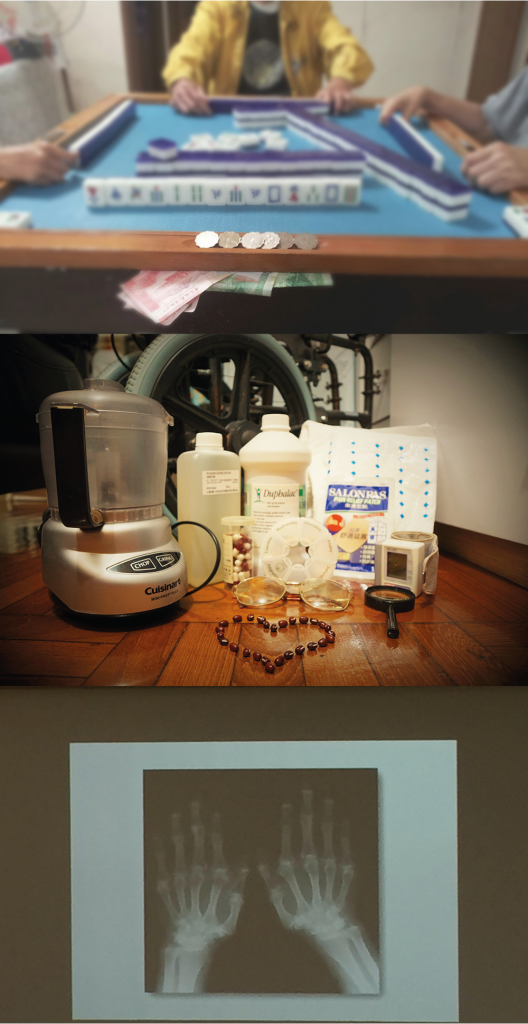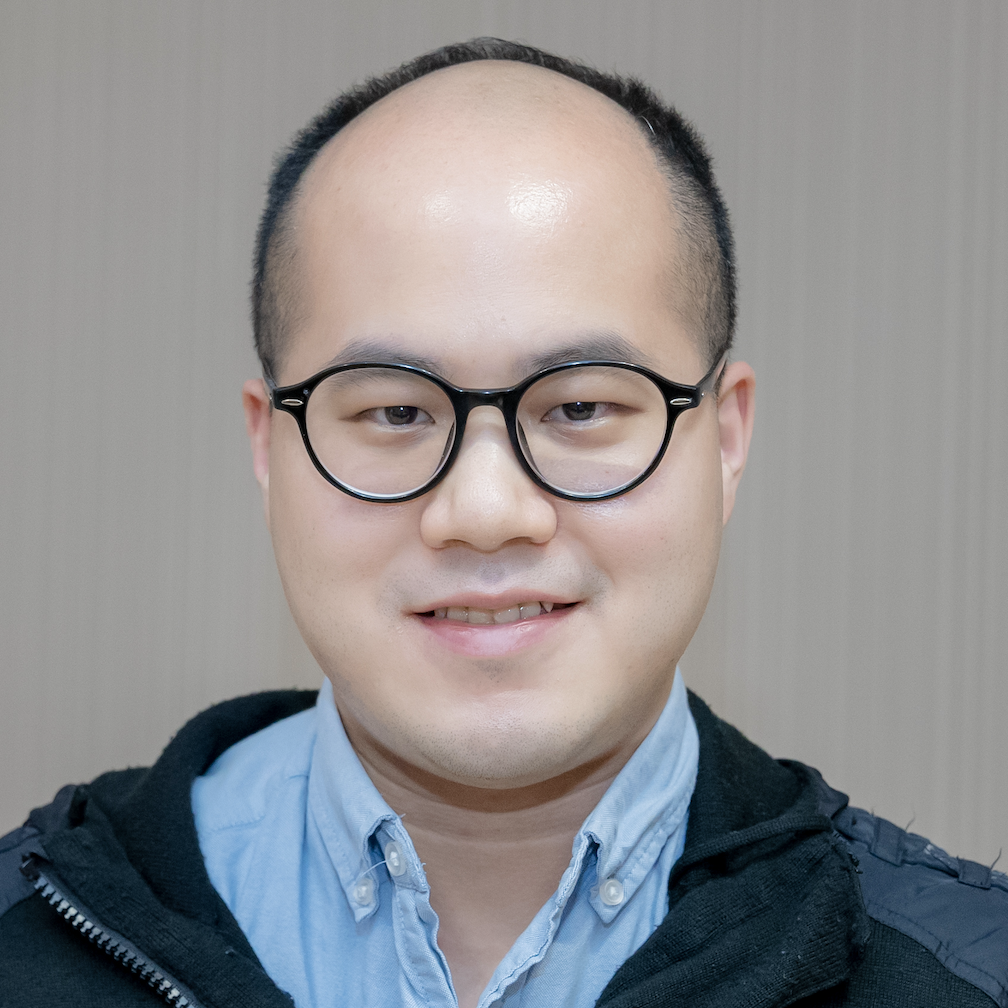May 2023 | Volume 24 No. 2
Changing Old Attitudes
The term ‘ageism’ was coined during the 1960s by physician Robert Butler to refer to systematic stereotyping of people based on chronological age, and little progress has been made to address age-bias in healthcare over the years. Recently, big increases in the size of the aged population worldwide prompted the United Nations to declare 2021–2030 the Decade of Healthy Ageing, calling for international action to “change how we think, feel and act towards age and ageing”.
Sensing that that frequent exposure to frail and vulnerable older patients might lead some medical students to perceive the human ageing process negatively, which might in turn impede their future practice of medicine, Mr Ki Sum Samson Wong, Assistant Lecturer in the Medical Ethics and Humanities Unit, embarked on a teaching project that aims to sensitise students to age-related stereotypes in healthcare and improve their attitudes toward caring for older persons.
Images evoke emotions
Mr Wong’s idea was to adapt ‘photo-elicitation’ – a method based on the idea that visual images evoke emotions, abstract ideas, and the shared human experience – to become a teaching tool. “Our eyes are not just viewers, they’re also projectors, generating a second story over the visual trigger presented to us,” said Mr Wong. “The process is usually subtle, and often unbeknown to us, since we rarely examine our own underlying, personal assumptions.
“Photo-elicitation, then, is a great tool to surface our own age-related beliefs, allowing us to turn towards and examine them. For instance, photographs of aged care settings may elicit learners’ apprehension about caring for older adults, and images of senile and frail older adults may elicit anxiety about growing old, thereby enabling dialogue about stereotypes and prejudices, and thereby in turn facilitating sensitivity, perception, empathy and insight, and altering the perspective.”
Mr Wong’s teaching practice is very much inspired by an earlier project entitled ‘Depth of Field: Exploring Ageing’ pioneered at the University of Western Australia, which made use of photographs of older adults and questioning prompts to enhance empathy and reflective capacity in health professions students. Inspired by their success, Mr Wong and his colleagues Dr Pauline Luk, Dr Abigail Wright, and Ms Karina Chan co-developed a new ‘Experiencing Ageing through the Lens’ workshop in HKUMed’s Medical Humanities Curriculum.
A crucial part of the workshop is the inclusion – along with the students – of a group of healthy older adults recruited from the Hong Kong community. Each student group is joined by at least two elderly discussants who are living examples of healthy ageing.
“This year, for example, we had a pool of eight elderly discussants with experiences in being different health stakeholders,” said Mr Wong, “including a retired social worker, a retired nurse, several older persons who supported persons living with dementia, and even two silver age entrepreneurs who founded a social business, in their 60s. Researchers have suggested that socialising medical students with healthy older adults through visual art can foster positive attitudes toward the other age group and enhance a sense of commonality.”
The workshop begins with a mini lecture on negative ageism in healthcare and how it might affect patient care – from therapeutic nihilism to unjust moral judgements such as labelling older patients as ‘unworthy’. Next, visual images are shared in class – encompassing topics such as polypharmacy and vision impairment in old age – prompting a great variety of visual triggers. MBBS students and the elderly discussants then work together to examine and dispel their own negative age-related stereotypes and to explore alternative understanding of the photo triggers.
After class, students are invited to contribute new photographic reflections that best encapsulate their newly garnered insight into the human experience of ageing. These creative outputs are then adapted as photo triggers at future sessions. “One strength of this approach is that our growing pool of learning materials resonate well with medical students, since they are all produced from a student perspective,” said Mr Wong.
Student participants say they have found the workshop interactive and engaging, and research evidence has found this instructional method to have improved student attitudes both toward caring for older patients and toward personal ageing.
“The essence of this teaching practice is that we seek to shape a supportive, encouraging learning environment that students feel is personally relevant. Individuals are tempted to compare and contrast what they thought they knew from the images, against how their peers and the elderly discussants made sense of the same visual stimuli,” said Mr Wong. “I believe that by drawing these interesting cognitive discrepancies to the learner’s attention, we encourage transformative reflective learning to occur.”

Prior to class, photographic reflections were collected from fourth-year MBBS students on their perceptions and interpretations of the meaning of ageing. The project team screened the images and shortlisted some for teaching purposes.
Individuals are tempted to compare and contrast what they thought they knew from the images, against how their peers and the elderly discussants made sense of the same visual stimuli. I believe that by drawing these interesting cognitive discrepancies to the learner’s attention, we encourage transformative reflective learning to occur.

MR KI SUM SAMSON WONG

